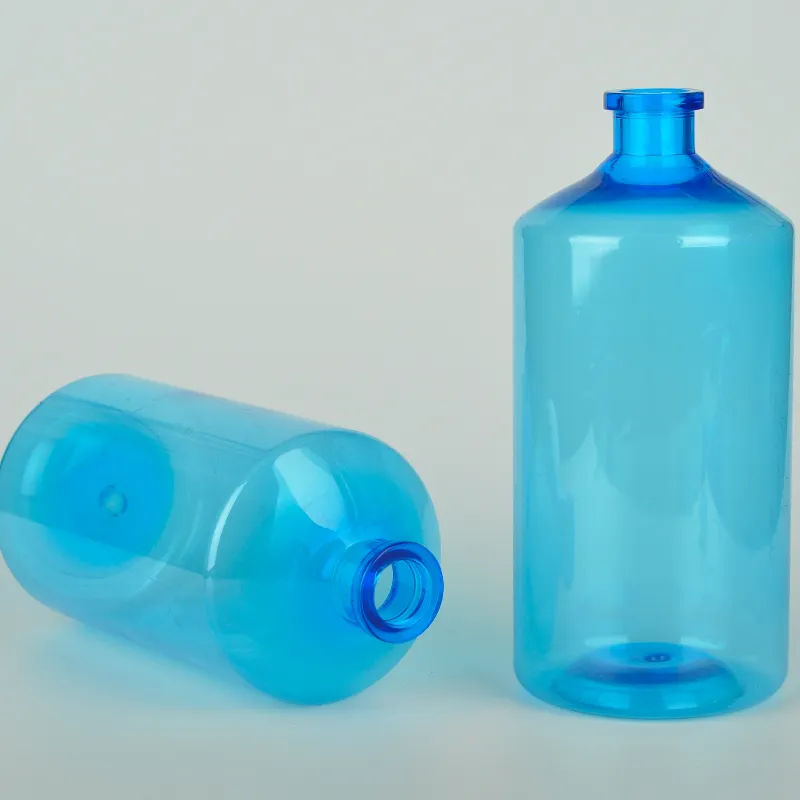biodegradable vials
The Rise of Biodegradable Vials A Sustainable Solution for the Future
In recent years, the increasing awareness of environmental issues has sparked a revolution across various industries, pushing them to explore sustainable alternatives, especially in packaging. Among these innovative alternatives, biodegradable vials have emerged as a promising solution, transforming how we store and transport products while mitigating environmental impact. This article delves into the concept of biodegradable vials, their benefits, and the impact they can have on our planet.
Biodegradable vials are containers made from materials that can break down naturally in the environment. Unlike traditional plastic vials that can take hundreds of years to decompose, biodegradable vials are designed to disintegrate into natural elements when exposed to biological processes. Common materials used in the production of biodegradable vials include polylactic acid (PLA), cellulose, and other plant-based polymers. These materials are derived from renewable resources, making them an environmentally friendly choice over conventional petroleum-based plastics.
One of the most significant advantages of biodegradable vials is their minimal environmental footprint. The production of traditional plastic vials typically involves the extraction of fossil fuels, leading to substantial carbon emissions and contributing to climate change. In contrast, biodegradable vials are made from renewable resources that sequester carbon dioxide during their growth cycle, resulting in a lower net carbon impact. Additionally, when biodegradable vials break down, they do so into non-toxic byproducts that can enrich the soil instead of polluting the environment.
The benefits of biodegradable vials extend beyond their environmental impact; they also cater to various industries, including pharmaceuticals, cosmetics, and food and beverage. In the pharmaceutical industry, for instance, using biodegradable vials can address the rising concerns over plastic waste and the need for sustainable packaging solutions. Biodegradable vials can ensure the safe storage of medications while also appealing to eco-conscious consumers. Similarly, in the cosmetics industry, brands are increasingly adopting biodegradable vials to align with their sustainability goals and meet consumer demands for greener products.
biodegradable vials

Furthermore, the food and beverage industry has started to transition toward biodegradable packaging, with vials being used for condiments, sauces, and even single-serving beverages. By utilizing biodegradable vials, companies can reduce the overall plastic waste generated from their products, thereby contributing to a circular economy where materials are reused and recycled rather than discarded.
Despite the myriad benefits of biodegradable vials, challenges remain in their adoption. One of the primary obstacles is the cost of production, which can be higher than traditional plastic vials. However, as technology advances and production processes become more efficient, it's expected that the cost of biodegradable materials will decrease, making them more accessible to businesses of all sizes.
Another challenge is the need for proper disposal systems. While biodegradable vials can break down naturally, they still require specific conditions to decompose effectively. Many consumers may not be aware of the proper disposal methods for biodegradable vials, potentially leading to their improper disposal and defeating their environmental purpose. Education and awareness campaigns are essential to informing consumers about the advantages of biodegradable packaging and how to dispose of it responsibly.
In conclusion, biodegradable vials represent a significant step toward sustainable packaging solutions in various industries. With their potential to reduce plastic waste and lower environmental impact, they are an essential innovation in the push for a greener future. As consumers increasingly favor eco-friendly products, businesses can benefit by adopting biodegradable vials and aligning with the growing demand for sustainability. The path toward a cleaner environment is lined with such innovations, and biodegradable vials are leading the way to a more responsible and sustainable future.
-
Aesthetic Makeup Spray Bottles | Fine Mist Empty RefillableNewsAug.19,2025
-
White Plastic Veterinary Vaccine Vials | Lab Liquid BottlesNewsAug.18,2025
-
Plastic Medicine Liquid Bottle: Secure Flip Top Drug VialsNewsAug.17,2025
-
Durable 250ml Blue Plastic Vaccine Vial for Lab & Vet UseNewsAug.16,2025
-
Sterile Virus Sample Tubes: Secure & Reliable Specimen CollectionNewsAug.15,2025
-
White 250ml Plastic Vaccine Vial for Lab & Vet MedicineNewsAug.14,2025
























